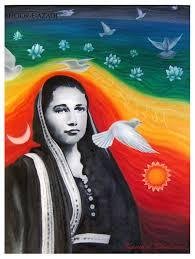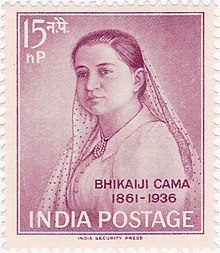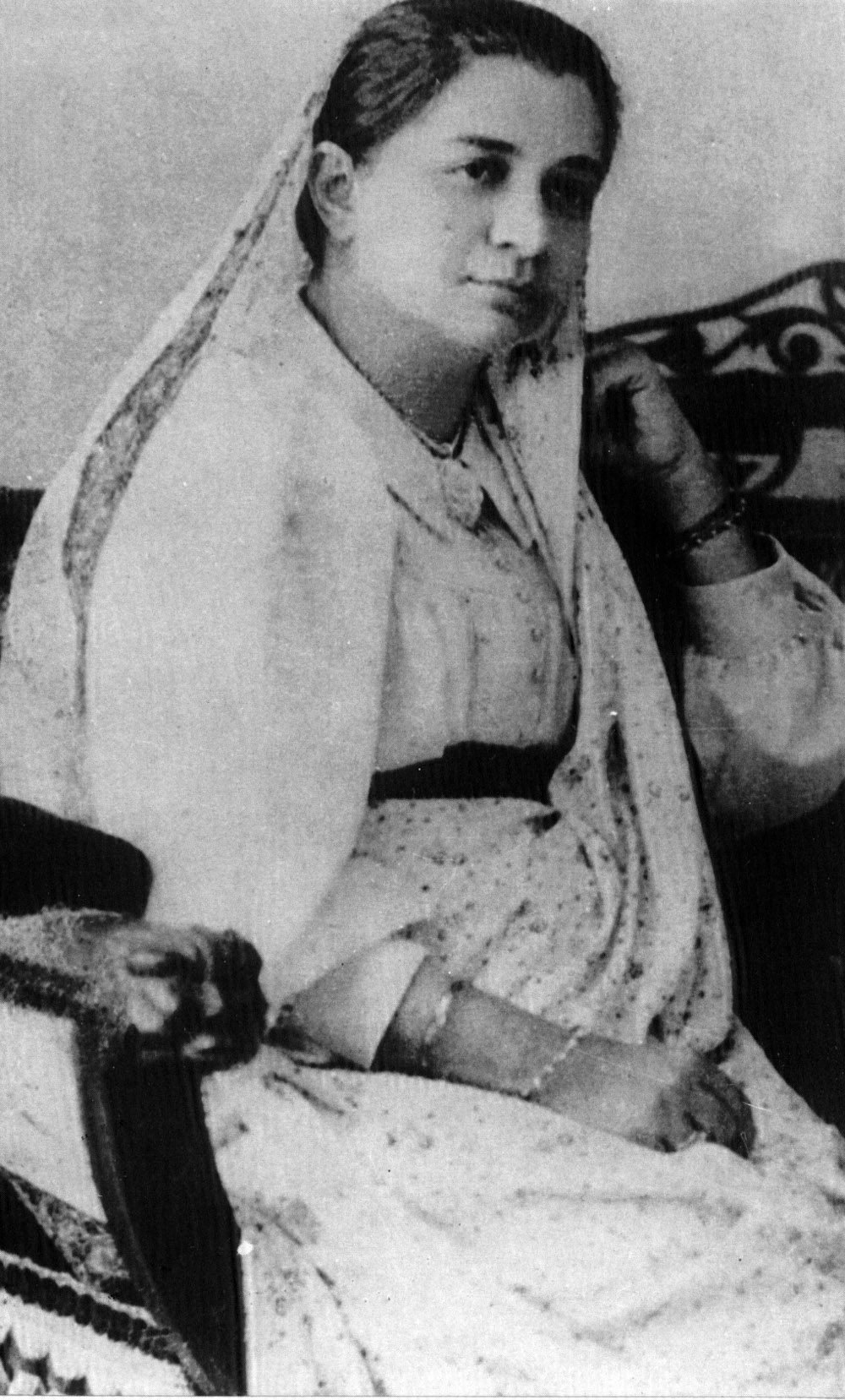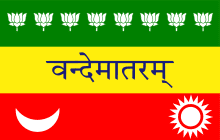Madame Bhikaiji Cama: Social Activist and Freedom Fighter

India gained freedom from the British colonization on 15th August 1947. Freedom for India is not made in a day, many struggles and movements were raised all over the country. Not only the notable leaders, but every people fought for the freedom of their country. Each freedom movement caused several injuries and deaths. If a country lies for freedom, it is not only based on the democratic system but also a whole new change in the nation. We also see that the colonization brought many good things for the nation, like an improvement. Likewise, India is a cultural heritage country; it values their traditions for all kinds of communities. Moreover, all the communities suppressed mostly women for their culture and traditions; they were not given any equality among the men. Indian women started to look after the Western women who were equally treated as men. So, the British colonization also brought revolutions in Women’s equality and education. By then, many women started to participate in the freedom movement as it was also their duty to the nation. Now we are going to see about one such wonderful female freedom fighter, Madame Bhikaiji Cama.

Personal Life of Bhikaiji Cama:
Bhikaiji was born on 24th September 1861 in Bombay (now Mumbai). She belongs to the large Parsi Zoroastrian family. Her parents, Sorabji Framji Patel and Jaijibai Sorabji Patel. Her father was a merchant though he was trained as a lawyer. He was also an influential member of the Parsi community. Bhikaiji attended the Alexandra Girl’s English Institution in She was a good, meticulous, and disciplined student with a fondness for languages. She was married to Rustom Cama, son of K.R. Cama. Rustom was a Wealthy, pro-British lawyer who also aimed to enter politics. Bhikaiji’s marriage does not lead to a happy life, so she engages herself in social activities.
Social Activism:
The Bombay Presidency hit famine, shortly Bubonic Plague in October 1896. Bhikaiji joined the teams of Grant Medical College to provide care for the affected people and to vaccinate the healthy ones. The Grant Medical College in Mumbai also has the Haffkine’s Plague Vaccine Research Center after this Bubonic plague. Bhikaiji also contracted the plague but she survived with constant care. But she was severely weakened by her health, so was sent to Britain (now the UK) for medical care in 1902.

Bhikaiji Cama was an ardent supporter of gender equality. While she was in Cairo, Egypt in 1910, she addressed the crowd asking, “I see only half of the population of Egypt. May I know where are the others; your wives and daughters, your sisters and mothers?” Likewise, in 1920, during her meeting with Herabai and Mithan Tata, two Parsi women explicit their right to vote. But, Bhikaiji sadly said that “women of India must not get the right to vote alone but to get every right and equality”. She was also an Advocate for Women’s Rights and Universal Suffrage.
Participation in the Freedom Fight Despite in Exile:
Bhikaiji Cama picked up her health and the thought of returning to India arose in 1904, but couldn’t. Shyamji Krishna Varman was an Indian revolutionary fighter; founder of the Indian Home Rule Society, India House, and The Indian Sociologist in London. Bhikaiji Cama was in close contact with Shyamji, through him she met Dadabhai Naoroji, the President of the British Committee of the Indian National Congress. Later, Bhikaiji Worked as a Private Secretary for Dadabhai. She supported Shyamji’s, “The Indian Home Rule Society” in February 1905. She was abandoned for her return to India unless she signed a statement promising not to participate in any Nationalist Activities, she refused to sign the statement.

In the same year (1905), Bhikaiji relocated to Paris, France. She along with S.R. Rana and Munchershah Burjorji, co-founded the “Paris Indian Society”. Together with the notable members of that society, Bhikaiji wrote many revolutionary literature for the freedom movements while living in exile; it was published in the Netherlands and Switzerland. This piece of literature includes, “Bande Mataram”, which was banned to distribute in India by the British Government; she also wrote, “Madan’s Talwar” in response to the execution of Madan Lal Dhingra. These literary pieces were strictly banned by the British Government in India but it was smuggled their way through the French Colony at Pondicherry and reached the hands of Indian people.
In 1907, Bhikaiji attended the “Second Socialist Congress Conference” in Stuttgart, Germany. In that conference, she spoke about the destructive effects of the British Government: the constant famine and the taxes that ripped the Indian economy to tatter. In her speech, she also talked about human rights, equality and the sovereignty of Great Britain. With this cause and effect, she unfurled the “Flag of Independence for India”. That flag was designed by Bhikaiji Cama and Vinayak Damodar Savarkar, a fellow activist. It was a Tricolour Flag, which has three colours like the present National Flag of India. First, it was Green, the centre was Yellow and the last section was red colour respectively. The Green coloured field has “eight white coloured lotuses”; in the centre yellow field has the Devanagari scripted, “Vande Mataram” also the slogan of the Indian National Congress; the last red field consists of a “White Crescent on the left and the white coloured Sun on the right”. All three colours represent Islam, Hinduism, and Buddhism, the religions that were followed in India. The flag designed by Bhikaiji Cama was inspired by the Calcutta Flag, which was unfurled on 7th August 1906 at Parsi Bagan Square, Calcutta.

In 1909, the assassination of William Hutt Curzon Wyllie by Madan Lal Dhingra became a blast among the exiled people of India in London. During that time, Bhikaiji was in Paris and the British requested the French Government to send her back to London; but they refused. After some years, looking at her bravery and passion, Vladimir Lenin invited her to reside in the Soviet Union; but she declined.
During World War I, France and Britain became allies; the French Government prevented that anything might spoil this new alliance, so they restricted the activities of the Indian Freedom Fighters. Bhikaiji Cama already in exile stayed on, while many left. Later, she was arrested along with Rewabhai Rana in the case of fueling up the incited troops at Bordeaux on their way to the front. In 1915, Bhikaiji was again exiled to the Southern France. Because of her health issues, she was released in November 1917 and provided to report every week to the local police station.
Bhikaiji Cama remained in exile in Europe until 1935. She was severely ill and paralyzed by a stroke earlier that year. So, she petitioned the British Government, to allow her to return home. She was requested that she must repudiate any seditionist activities on behalf of the writing from Paris on 24th June 1935. In November 1935, she was accompanied by Sir Cowasji Jehangir and reached Bombay. He was the one who helped her to return home. Nine months later, Bhikaiji Cama at the age of 74 died at Parsi General Hospital on 13th August 1936.

Legacies:
The speech she gave at the Second Socialist Congress in Stuttgart, Germany may have been an inspiration to African American writer and intellectual, W.E.B. Du Bois for his Novel “Dark Princess” in 1928. The flag she unfurled at Stuttgart was smuggled into India by other independence activists. It is now displayed at the Maratha and Kesari Library in Pune. Most of her assets were given to the Avabai Pettit Orphanage for Girls. Several Indian Cities have streets and places in her name. On the 11th Republic Day of India in 1962, the Indian Posts and Telegraphs Department issued a commemorative stamp to honour her service.
In 1997, the Indian Coast Guard commissioned a Priyadharshini Class fast patrol vessel ICGS Bhikaiji Cama by her name. In South Delhi, Major Government Offices and companies boarded the name Bhikaiji Cama Place to tribute to her. To honour her service, a bust of Bhikaiji Cama with the Flag of Indian Independence which she designed was founded at Kranti Van Vadodara, Gujarat.


